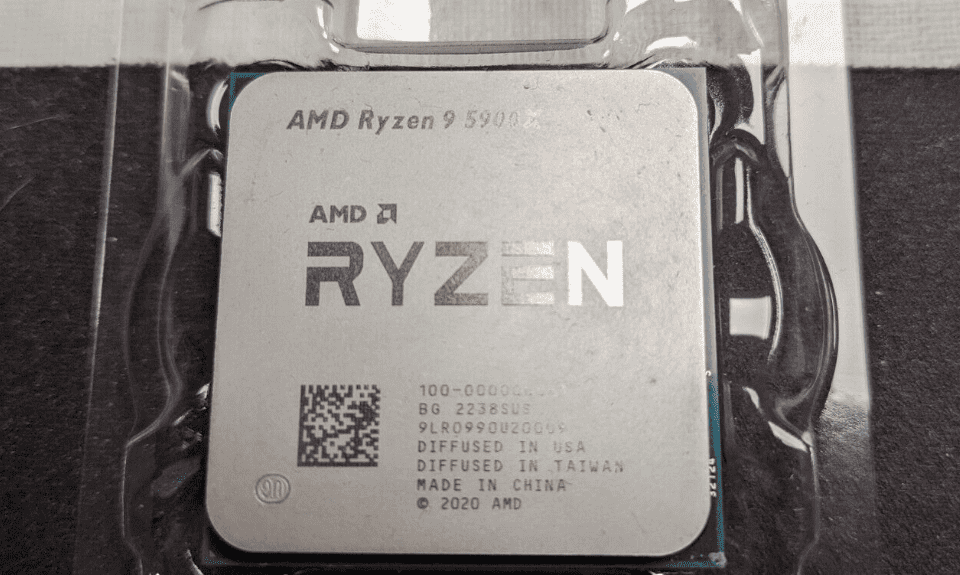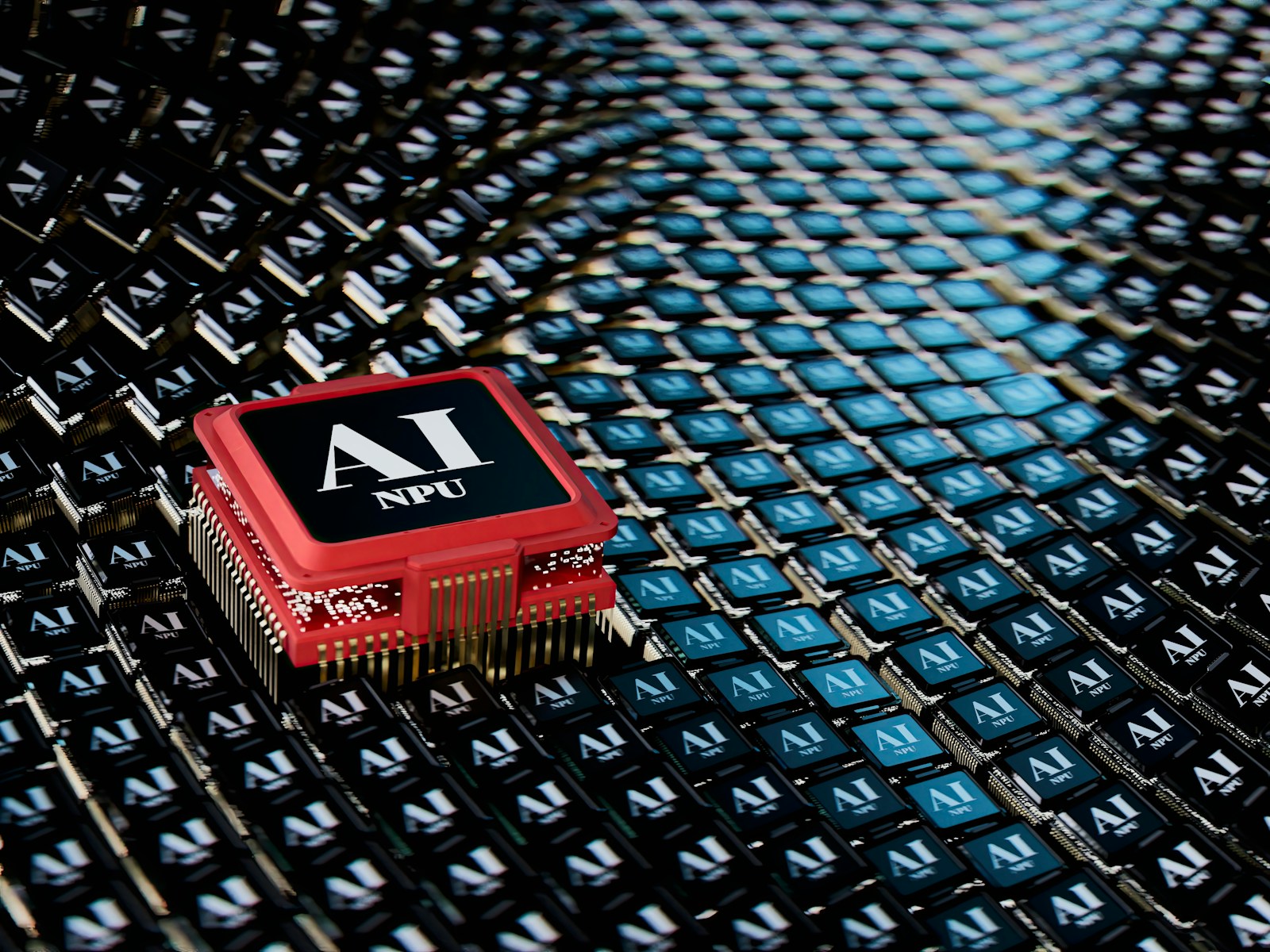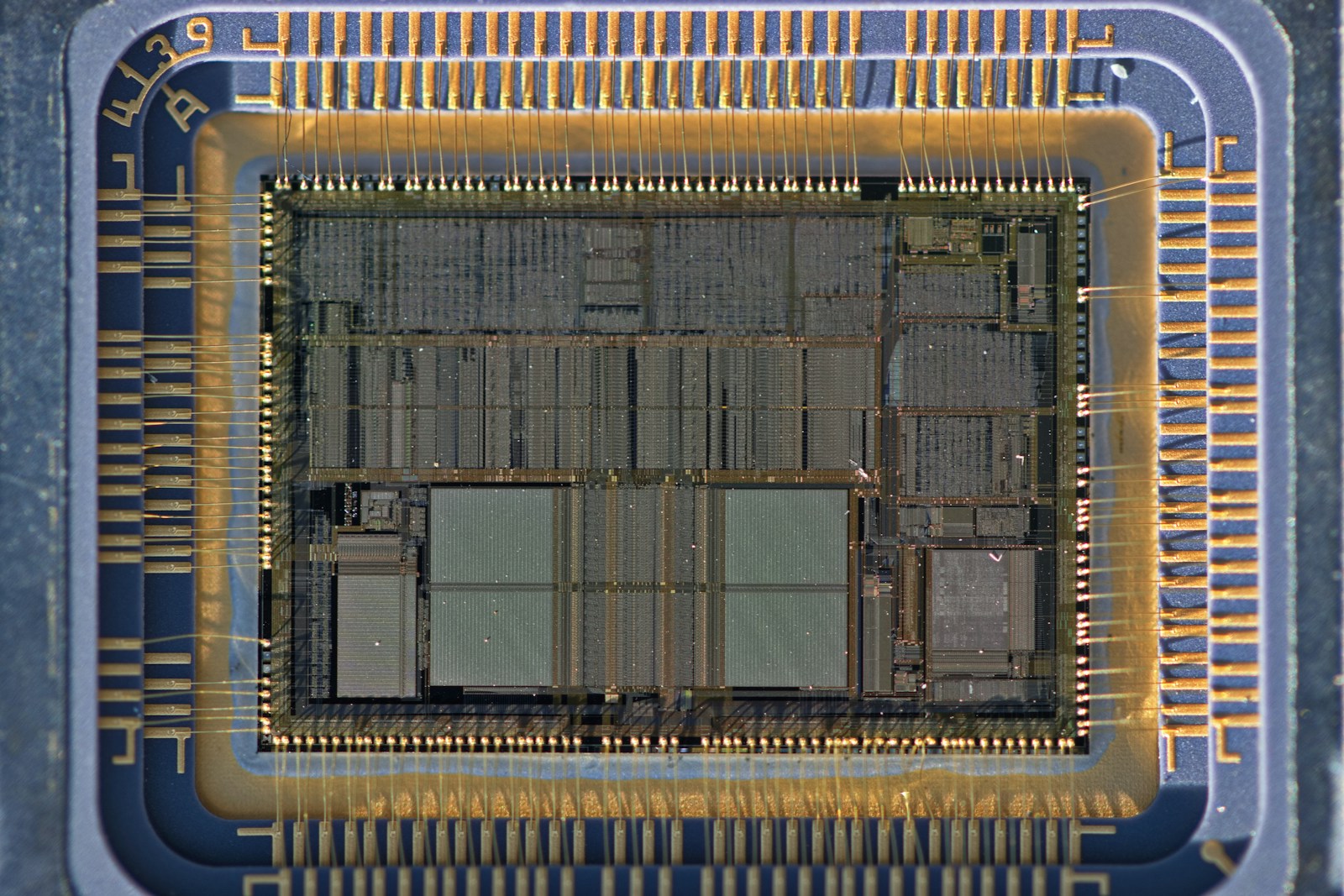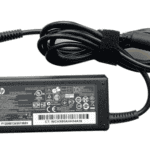Modern computers use three main types of processing units to handle different tasks. The CPU handles general computing tasks, the GPU specializes in graphics and parallel processing, while the NPU focuses on AI and machine learning operations.
Different processing units serve specific roles in computing systems. The Central Processing Unit (CPU) acts as the brain of the computer, managing basic operations and software tasks. The Graphics Processing Unit (GPU) excels at rendering graphics and performing many calculations at once.
Neural Processing Units (NPUs) represent the newest addition to computer architecture. These specialized chips optimize AI workloads and machine learning tasks through efficient parallel processing designed specifically for artificial intelligence applications.
Understanding Processing Units
What is a CPU?

The Central Processing Unit (CPU) is like the brain of your computer. It handles all the basic instructions and calculations that keep your system running. Think of it as the manager, coordinating all the different parts of your computer. CPUs are good at doing lots of different things, one step at a time. They’re the workhorses for everyday tasks like browsing the web, writing documents, and playing simple games. Modern CPUs have multiple cores, which are like mini-brains working together to make your computer faster.
Central Processing Unit (CPU)
- The “Brain” of Your Computer: The CPU is the primary processor, responsible for executing instructions, running programs, and managing system resources. It handles a wide range of tasks, from basic operations like opening files to complex calculations.
- Jack of All Trades: CPUs are designed to be versatile and handle a variety of tasks efficiently. They excel at sequential processing, where instructions are executed one after another.
- Multi-Core Power: Modern CPUs have multiple cores, allowing them to handle multiple tasks simultaneously, improving overall performance.
What is a GPU?

The Graphics Processing Unit (GPU) is a specialist in visual tasks. It’s designed to quickly process and display images, videos, and animations. If you’re into gaming, video editing, or 3D modeling, the GPU is your best friend. It takes the heavy lifting of graphics processing off the CPU, resulting in smoother visuals and better performance. GPUs are also great at parallel processing, meaning they can handle many calculations at once. This ability makes them useful for other tasks, like machine learning.
Graphics Processing Unit (GPU)
- Visual Powerhouse: GPUs specialize in processing and rendering images, videos, and animations. They excel at parallel processing, where many calculations are performed simultaneously.
- Graphics Guru: GPUs are essential for gaming, video editing, and other graphics-intensive applications. They take over graphics-related tasks from the CPU, freeing up system resources.
- AI Accelerator: In addition to graphics, GPUs are also used to accelerate certain types of data processing, such as machine learning tasks.
What is an NPU?

The Neural Processing Unit (NPU) is the new kid on the block, designed specifically for Artificial Intelligence (AI) tasks. It’s built to accelerate the complex calculations used in neural networks, the foundation of many AI applications. Think of things like facial recognition, voice assistants, and image analysis. NPUs are optimized for these kinds of tasks, making them much faster and more efficient than CPUs or GPUs. They’re especially important for devices like smartphones and smart home gadgets, where AI processing needs to happen locally.
Neural Processing Unit (NPU)
- AI Specialist: NPUs are designed specifically for artificial intelligence (AI) and machine learning tasks. They accelerate complex processes like facial recognition, voice assistance, and data analysis.
- Efficiency Expert: NPUs are optimized for the types of calculations used in neural networks, making them more efficient than CPUs or GPUs for AI workloads.
- Edge Computing Champion: NPUs are particularly well-suited for edge computing, where AI processing needs to happen on devices like smartphones or IoT sensors.
CPU, GPU, and NPU: Side-by-Side
| Feature | CPU | GPU | NPU |
|---|---|---|---|
| Primary Function | General-purpose processing | Graphics processing | AI/Machine learning |
| Processing Style | Sequential | Parallel | Parallel (AI-optimized) |
| Strengths | Versatility, multi-tasking | Parallel processing, graphics rendering | AI acceleration, energy efficiency |
| Applications | Everyday computing, office work | Gaming, video editing, 3D modeling | AI applications, machine learning |
How They Team Up
These three processors work together to make your computer experience great. The CPU is the general manager, handling everyday tasks and keeping everything running smoothly. The GPU is the visual expert, making your games look amazing and speeding up graphics-intensive applications. The NPU is the AI specialist, powering smart features and making your devices more intelligent. By working together, they create a powerful and efficient system.
CPUs, GPUs, and NPUs work together to provide a seamless computing experience:
- CPU: Handles general-purpose tasks, runs the operating system, and manages overall system resources.
- GPU: Accelerates graphics rendering and handles computationally intensive tasks like video editing and gaming.
- NPU: Offloads AI-related tasks from the CPU and GPU, enabling faster and more efficient AI processing.
Key Differences
| Feature | CPU | GPU | NPU |
|---|---|---|---|
| Primary Function | General-purpose processing | Graphics processing | AI/Machine learning |
| Processing Style | Sequential | Parallel | Parallel (AI-optimized) |
| Strengths | Versatility, multi-tasking | Parallel processing, graphics rendering | AI acceleration, energy efficiency |
| Applications | Everyday computing, office work | Gaming, video editing, 3D modeling | AI applications, machine learning |
Key Takeaways
- Each processing unit type serves a distinct purpose with CPUs handling general tasks, GPUs managing graphics, and NPUs optimizing AI operations
- The combination of multiple processing units creates more efficient computing systems for modern applications
- NPUs offer significant performance gains for artificial intelligence and machine learning workloads
Architectural Differences and Computing Paradigms
The field of computer processing is always changing. Different chips perform specific tasks. This separation of jobs helps devices work faster, smarter, and more efficiently. It is important to know the roles of the CPU, GPU, and NPU to make the most of your technology.
Modern processors have distinct designs that optimize them for specific computational tasks. These architectural variations determine their efficiency and suitability for different workloads.
CPU Architectural Overview
CPUs are designed for sequential processing with complex control units and large cache systems. Intel and AMD processors use branch prediction and out-of-order execution to handle general computing tasks efficiently.
The CPU’s architecture includes:
- Advanced instruction pipelining
- Multiple execution cores
- Sophisticated cache hierarchy
- Wide instruction sets
Each CPU core processes tasks sequentially, making them excel at single-threaded applications and rapid context switching between programs.
GPU Architectural Capabilities
GPUs feature thousands of smaller cores optimized for parallel processing and graphics rendering. Their design emphasizes high throughput for mathematical operations.
Key architectural features:
- CUDA cores: Specialized for parallel computations
- Memory bandwidth: Higher than CPUs for data streaming
- SIMD processing: Same instruction across multiple data points
These processors excel at matrix multiplication and image processing tasks, making them valuable for gaming and scientific computing.
NPU and AI-Specific Optimization
NPUs incorporate specialized circuitry for neural network operations, measuring performance in TOPS (Tera Operations Per Second).
NPU architecture includes:
- Dedicated tensor processing units
- Low-precision arithmetic units
- Optimized memory subsystems for AI workloads
These chips reduce power consumption while accelerating AI tasks like inference and machine learning. Edge computing devices benefit from NPUs’ efficient processing of TensorFlow and other AI frameworks.
The specialized matrix math units in NPUs process neural network calculations up to 10x faster than traditional GPUs.
Performance, Efficiency, and Applications
Different processor types excel at specific computational tasks while offering varying levels of power efficiency and processing capabilities for AI and traditional computing workloads.
Comparing Processing Capabilities
CPUs handle general computing tasks with sequential processing, making them suitable for everyday applications. Their architecture excels at complex decision-making and control flow operations.
GPUs process multiple calculations simultaneously through thousands of cores. This parallel architecture makes them 10-50x faster than CPUs for AI model training and graphics-intensive tasks.
NPUs specialize in AI computations, delivering up to 100x better performance per watt compared to GPUs for neural network operations. They achieve this through optimized circuits for matrix multiplication and activation functions.
Application-Specific Uses
AI and Machine Learning:
- NPUs: Real-time inference on mobile devices
- GPUs: Large model training and computer vision
- CPUs: Basic ML preprocessing and small models
Industry Applications:
- Natural language processing
- Autonomous vehicles
- Facial recognition systems
- Voice assistants
Different workloads require specific processor combinations. Data centers often use CPU-GPU pairs for AI training, while mobile devices combine CPUs with NPUs for efficient inference.
Evolving AI and Computing Landscape
AI hardware keeps advancing to meet growing computational demands. New NPU designs focus on energy efficiency for battery-powered devices and edge computing.
Large language models drive innovation in processor architecture. Multi-chip solutions combine different processor types to balance performance and power consumption.
The rise of AI PCs introduces NPUs into consumer devices. This enables faster local AI processing for productivity tools and creative applications.







